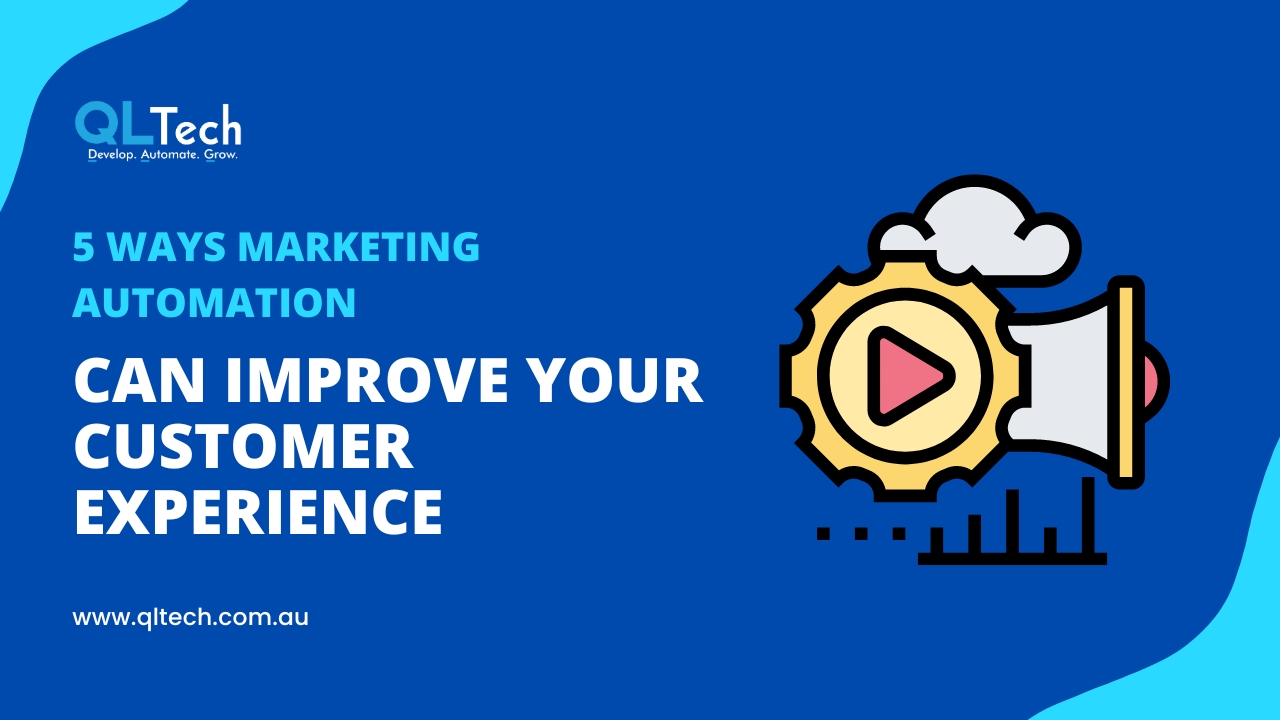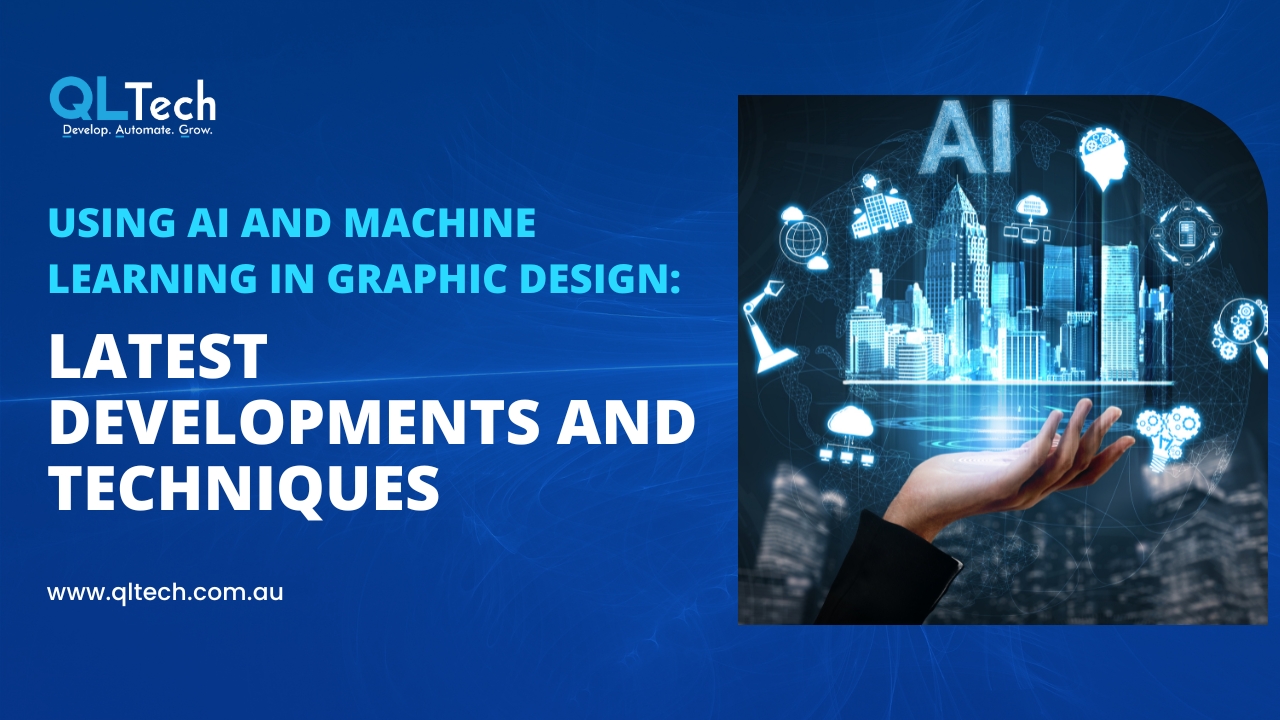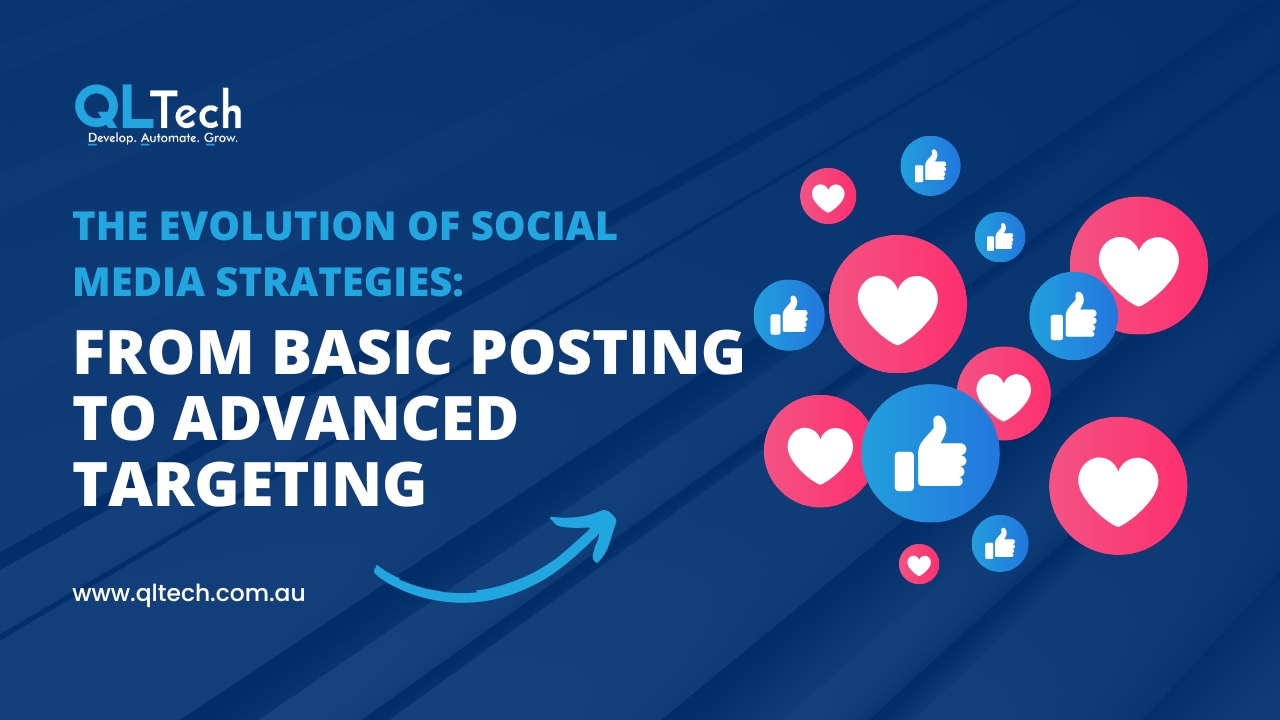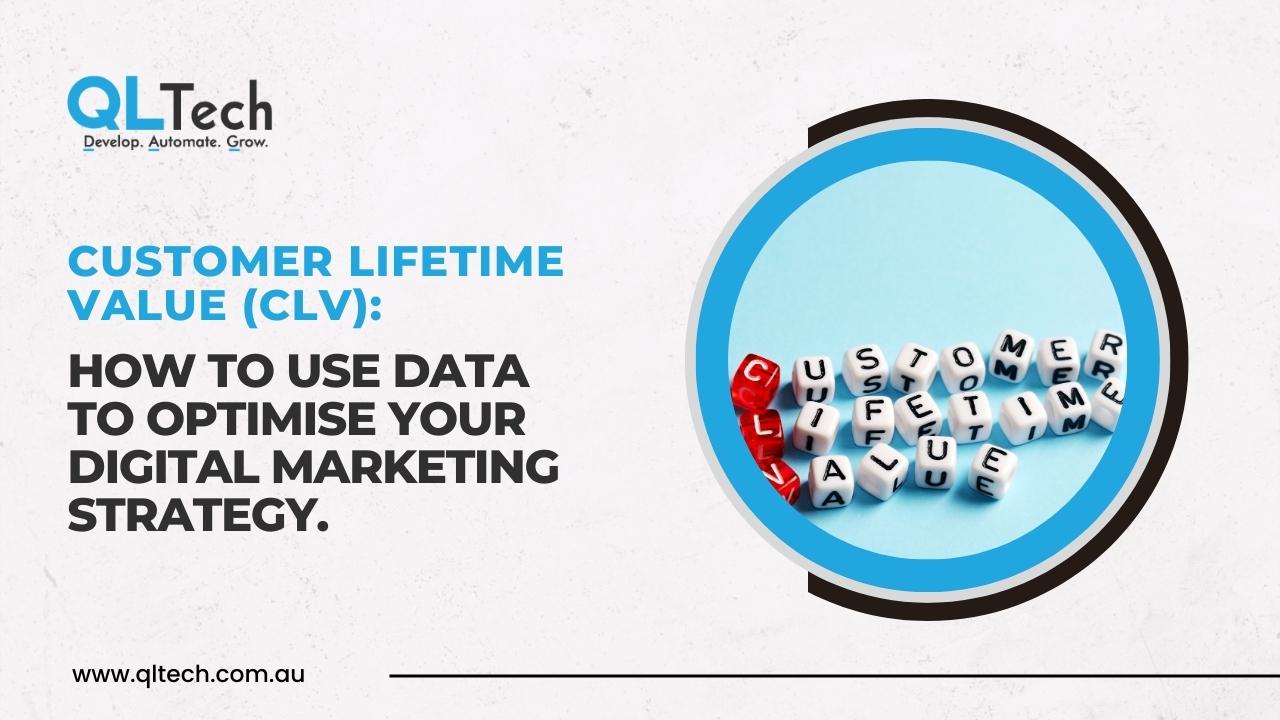Customer relationship management (CRM) is a critical tool for businesses to manage customer interactions and relationships. However, to fully leverage the power of CRM, it is essential to integrate it with other business systems. Integrating CRM with other systems can streamline operations, improve data management, and enhance the overall customer experience. In this blog post, we’ll explore some key aspects of integrating your CRM with other business systems and provide a guide for consultants.

Benefits of Integrating CRM with Other Business Systems
Integrating your CRM with other business systems can provide numerous benefits, including:
Streamlining Operations: Integrating your CRM with other systems can automate processes and reduce the need for manual data entry, saving time and reducing errors.
Improving Data Management: Integrating your CRM with other systems can ensure data consistency across systems and eliminate the need for manual data entry, reducing the risk of errors.
Enhancing Customer Experience: Integrating your CRM with other systems can provide a more holistic view of the customer, enabling businesses to provide personalised and timely customer experiences.
Key Considerations for Integration
Before integrating your CRM with other systems, there are some key considerations to keep in mind, including:
Compatibility: Ensure that the systems you are integrating are compatible and can exchange data seamlessly.
API Availability: Check if the systems have an API (Application Programming Interface) available to facilitate integration.
Data Management: Define how data will be managed across systems, including data mapping and data quality assurance.
Best Practices for Integration
To ensure a successful integration, follow these best practices:
Define Your Objectives: Clearly define your objectives for integration, including what systems you want to integrate and what data you want to exchange.
Select the Right Tools: Choose the right tools for integration, such as third-party applications or middleware, to facilitate data exchange.
Test and Validate: Test and validate the integration to ensure that data is being exchanged accurately and that processes are running smoothly.
Conclusion
Integrating your CRM with other business systems can streamline operations, improve data management, and enhance the customer experience. As a consultant, it is essential to understand the benefits of integration, key considerations, and best practices for a successful integration. By following these guidelines, you can help your clients seamlessly integrate their CRM with other systems and achieve their business goals.






